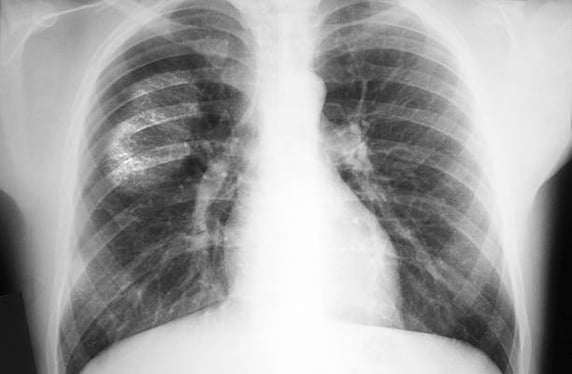What is Interstitial Lung Disease?
This article is about the causes, symptoms, and diagnosis's of Interstitial Lung Disease
7/2/20252 min read


Interstitial Lung Disease (ILD) refers to a broad group of lung disorders that affect the interstitium, the delicate tissue and space around the lung’s air sacs (alveoli). Rather than being a single disease, ILD encompasses more than 200 different conditions that cause inflammation and scarring (fibrosis) of the lungs. This scarring thickens the tissue, making it more difficult for oxygen to pass into the bloodstream. Over time, this damage may worsen, leading to permanent lung impairment. Because ILD can stem from a variety of causes, identifying the exact type and origin is key to effective treatment and management.
The symptoms of ILD typically develop gradually and may be subtle at first. The most common symptom is shortness of breath, especially during exertion. This breathlessness often becomes progressively worse over time. Another frequent symptom is a persistent dry cough that does not produce mucus. Some patients may also experience fatigue, unexplained weight loss, and clubbing of the fingers or toes—a physical change where the tips of the digits become rounded and wider. Symptoms can vary depending on the specific form of ILD, and in some cases, they may be confused with those of other respiratory conditions, such as asthma or chronic obstructive pulmonary disease (COPD), which can delay diagnosis.
The causes of ILD are diverse and often fall into one of several categories. Some cases are linked to environmental exposures, such as long-term inhalation of harmful substances like asbestos, coal dust, or silica. Others are caused by autoimmune diseases like rheumatoid arthritis or lupus, where the immune system mistakenly attacks lung tissue. Certain medications, radiation treatments, and infections can also lead to ILD. However, in many cases, no clear cause can be found. These are called idiopathic interstitial pneumonias, with idiopathic pulmonary fibrosis (IPF) being one of the most severe and well-known types. Genetic factors may also play a role in some forms of ILD.
Diagnosis of ILD requires a careful and thorough evaluation by a pulmonary specialist. A detailed medical history is essential, including information about occupational exposures, medication use, family history, and underlying health conditions. Imaging studies, especially high-resolution CT (computed tomography) scans, are critical for visualizing patterns of scarring or inflammation in the lungs. Pulmonary function tests are used to assess how well the lungs are working. In some cases, a lung biopsy may be necessary to obtain a sample of lung tissue for further analysis. Blood tests and bronchoscopy (a procedure that uses a camera to look inside the lungs) may also help pinpoint the specific cause. Early and accurate diagnosis is essential for guiding treatment and slowing the progression of the disease.